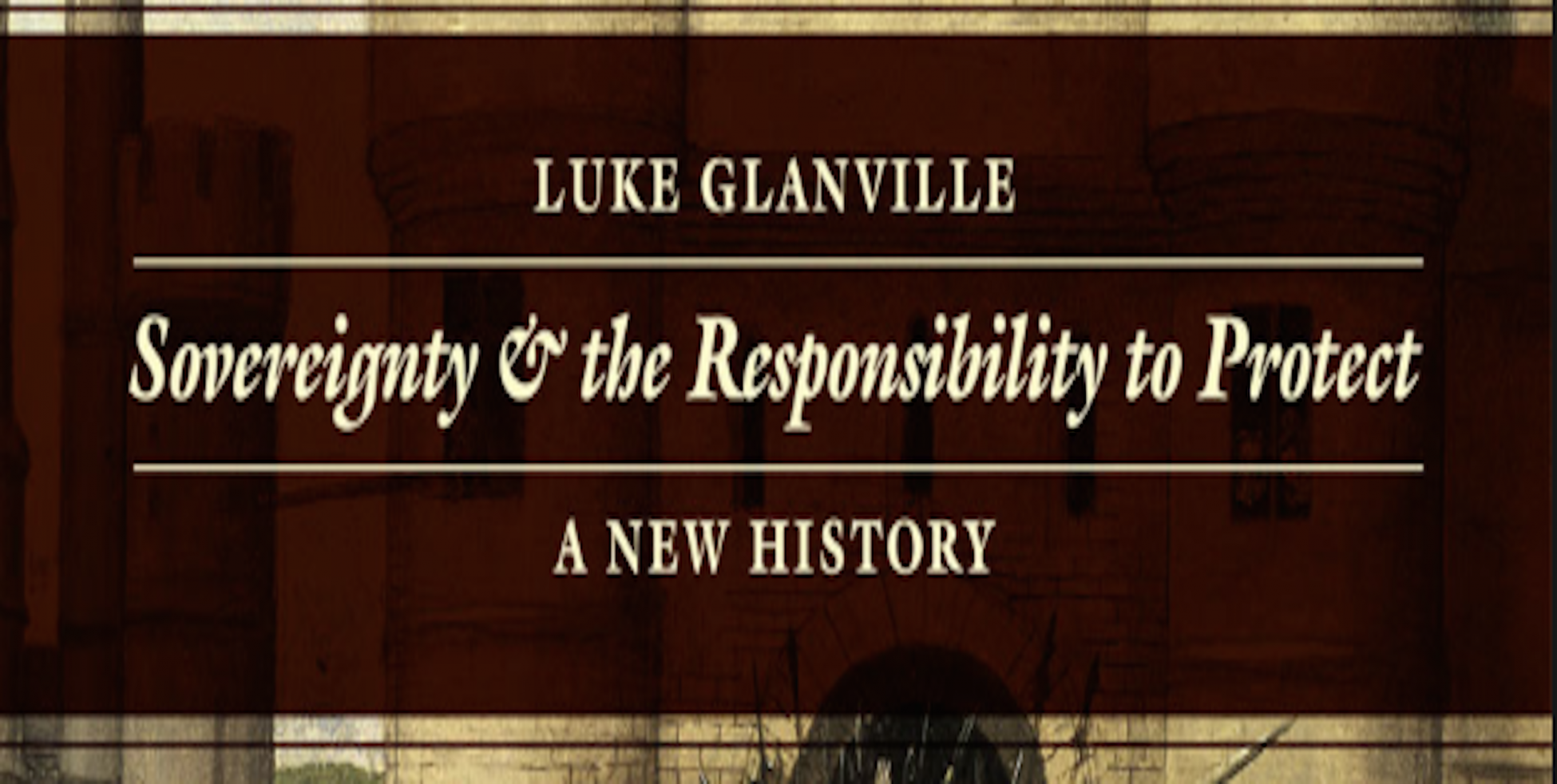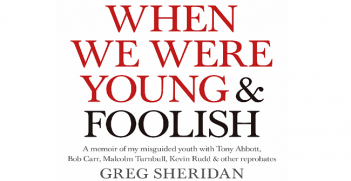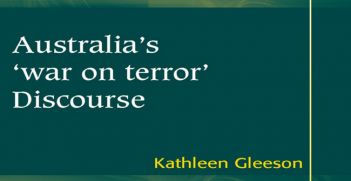Reading Room: Sovereignty and Responsibility to Protect

International relations experts and practitioners have tended to frame the responsibility to protect principle (R2P) as a radical departure from a long history of absolutist sovereignty that prevailed following the Peace of Westphalia in the mid-seventeenth century until the 1990s. Luke Glanville’s Sovereignty and the Responsibility to Protect upends this conventional wisdom. Drawing on key historical texts from the early modern era to the age of R2P, Glanville demonstrates that sovereignty has never really implied an unfettered right to persecute local populations. Throughout history, the rights and privileges of sovereignty have entailed varied responsibilities that have changed over time.
After building the case for interpreting sovereignty as a historically contingent and evolving concept over five chapters, the book charts how sovereignty has been legitimised according to particular responsibilities since the early modern era.
The story begins with early modern Europe, where sovereigns were conceived to be responsible for people’s well-being and were deemed accountable to god. The next chapter chronicles the emergence of popular sovereignty in the seventeenth and eighteenth centuries and the evolution of the concept through to the end of World War I. American revolutionaries justified their political struggle on the basis that state authority was vested in the will of the people and the protection of individual rights and liberties, while the French Revolution and the subsequent rise of nationalism in Europe fortified Europe’s commitment to popular sovereignty as the right of nations to self-govern. In this chapter, Glanville highlights how Europe’s embrace of national rights exposed tensions inherent in the idea of popular sovereignty as a commitment to both self-determination and individual rights. On the one hand, European powers increasingly defined popular sovereignty as the right of nations to govern themselves free from external interference while on the other, Europe allowed for humanitarian intervention to protect persecuted peoples outside Europe.
The book then turns to the stark contrast between how conceptions of responsibility affected sovereign rights and state conduct within Europe versus Europe’s relations with the non-European world. Whereas the European society of states increasingly committed to uphold non-interference within Europe as an expression of the responsibility to respect popular will and uphold national rights, European powers invoked the ‘standard of civilization’ to justify intervention and occupation outside of Europe.
It was only after the founding of the United Nations and during the process of decolonisation in the decades thereafter that sovereignty became firmly associated with the right to non-interference. Even then, the next chapter argues, this right to exclusive domestic jurisdiction evolved in tension with the burgeoning international human rights regime.
Glanville’s history ends with the international community’s endorsement of R2P. Linking R2P to the rich history that the book surveyed, Glanville argues that R2P does not represent a seismic shift from sovereign absolutism to accountability but is rather part of a long history of thought and practice that has legitimised the authority to govern according to sovereign responsibilities. Glanville flags that what is new about R2P is the international responsibility to protect, which he has explored in his more recent work.
This book offers an insightful and compelling corrective to the dominant discourse on sovereignty in international relations literature and much food for thought for R2P critics and advocates alike. Glanville’s account reminds us that some of the same ideas that underpin R2P are all too familiar to states and societies that suffered under colonial empires and cautions that R2P advocates must grapple with this legacy and draw lessons from the hubris of history where supposedly liberal principles justified illiberal practices. At the same time, this book reminds sceptics of the major differences between R2P and European imperialism and that R2P is part of a much deeper and more diverse historical lineage than imperial conquest.
Although this book is concerned with documenting rather than prescribing and is therefore agnostic on whether sovereignty ought to entail responsibilities, there is some reassurance in the history Glanville unveils that discredits the idea that until quite recently the right to rule was a license to kill.
Luke Glanville, Sovereignty and the Responsibility to Protect: A New History, The University of Chicago Press Books, 2014.
Dr Sarah Teitt is the deputy director of the Asia Pacific Centre, School of Political Science and International Studies, University of Queensland





